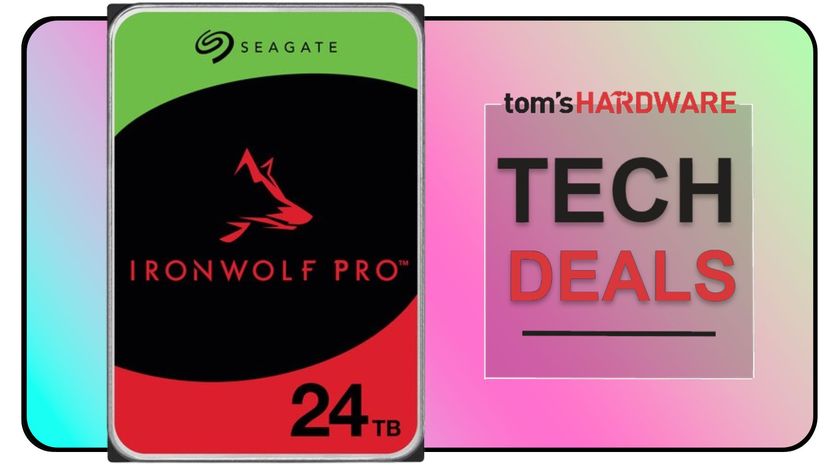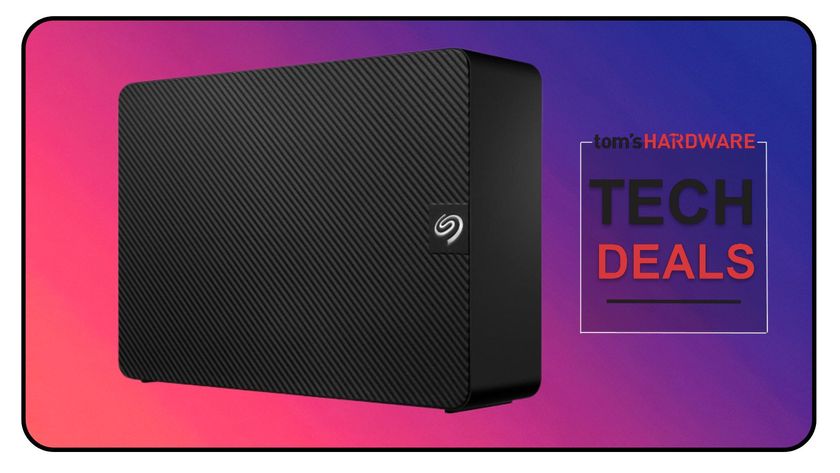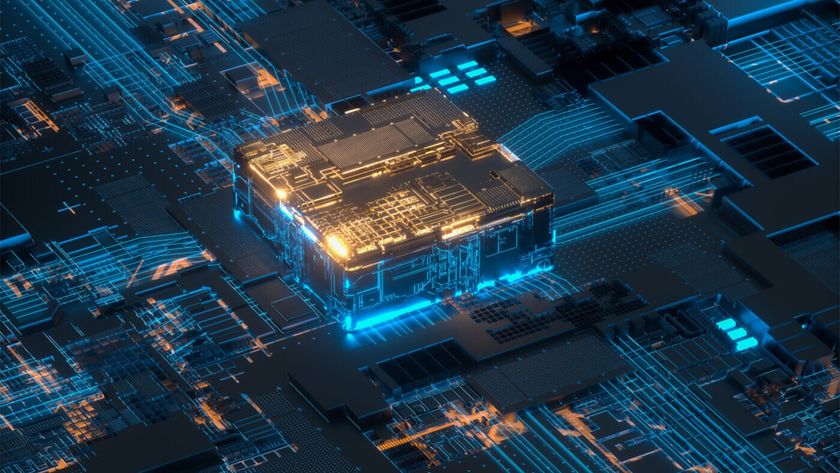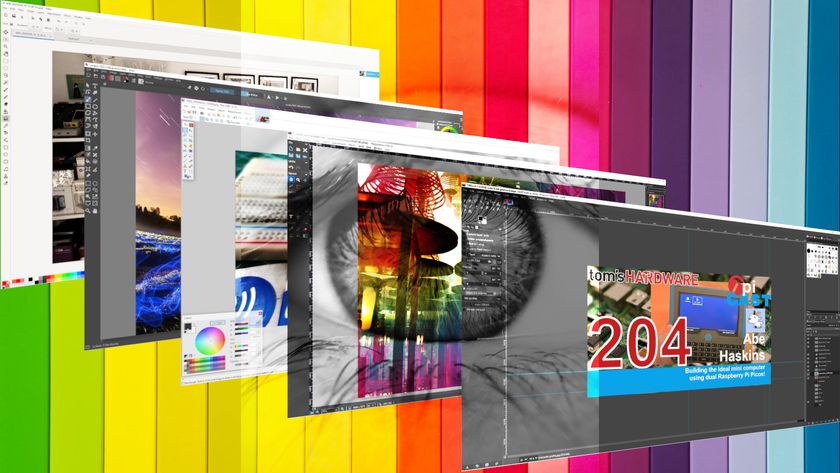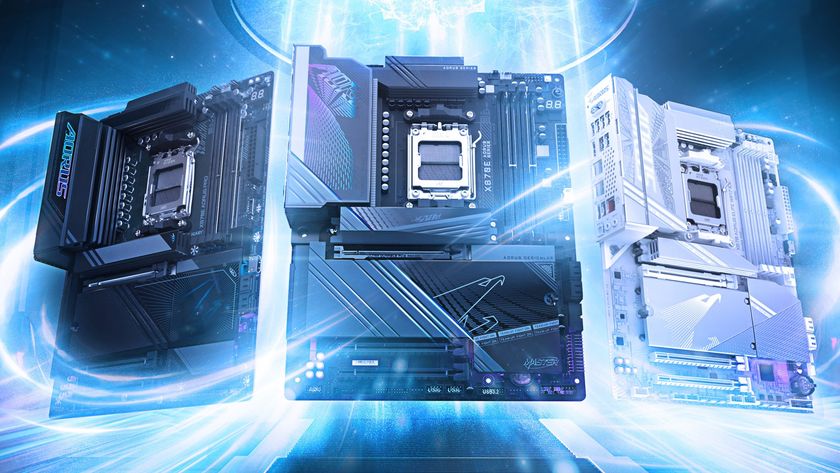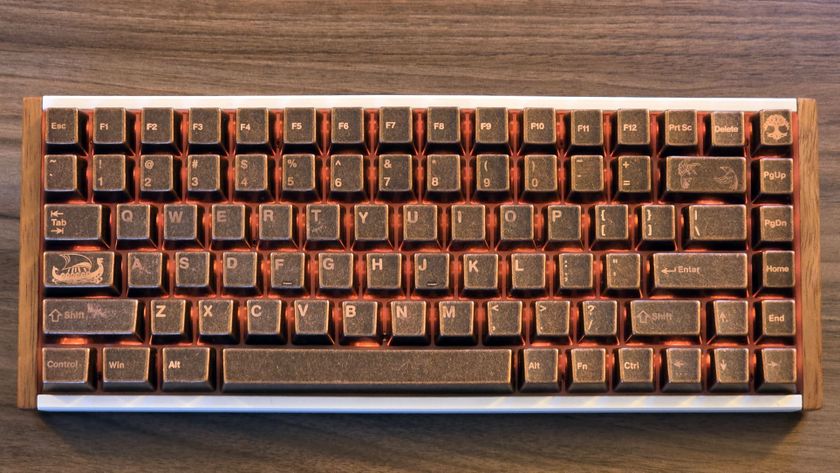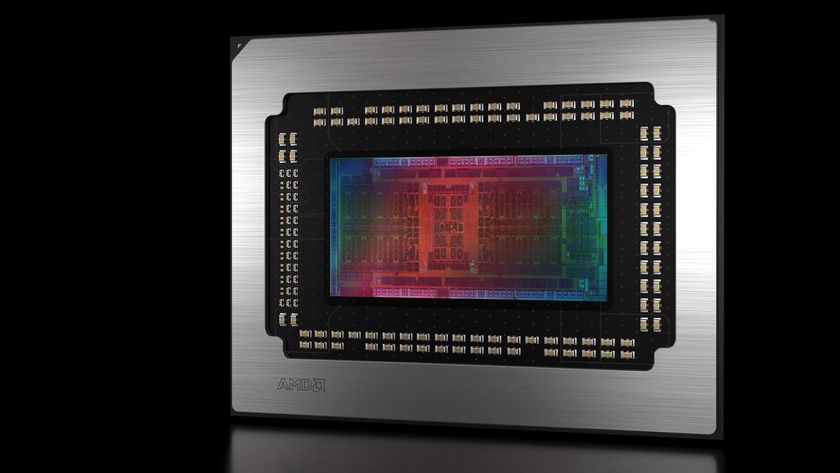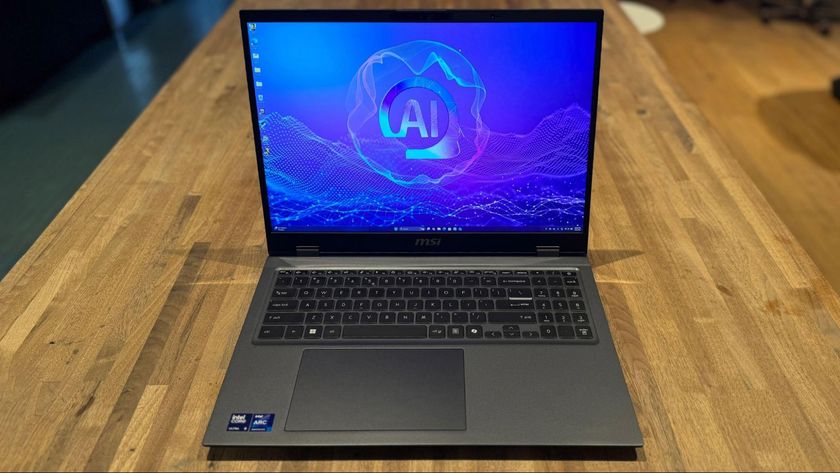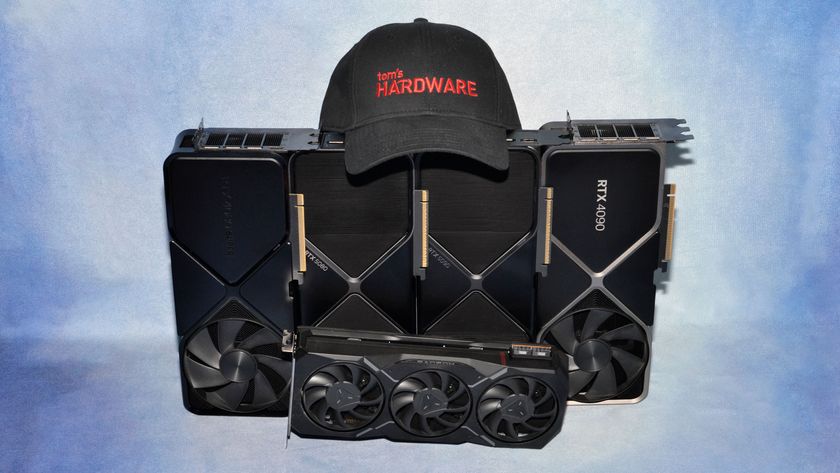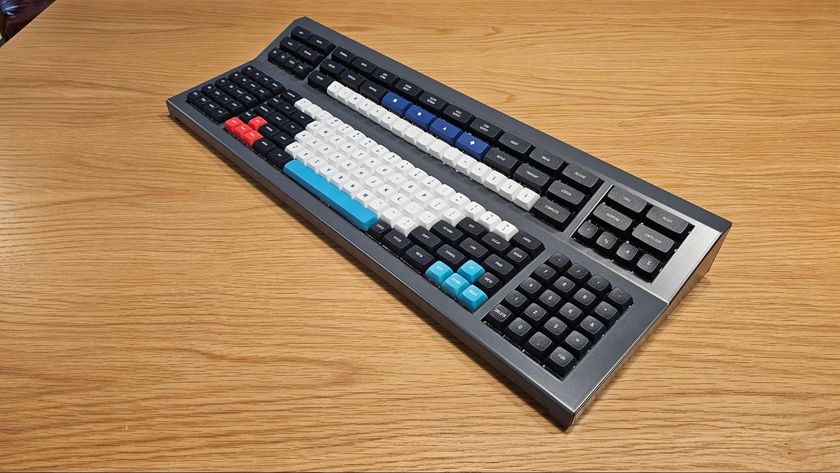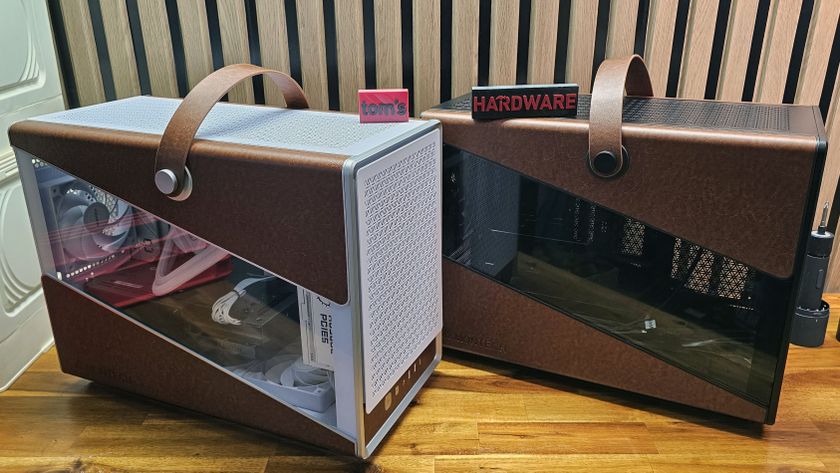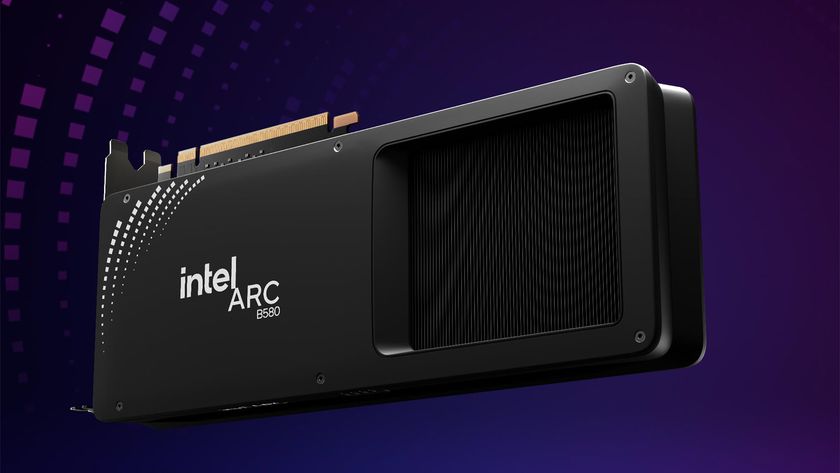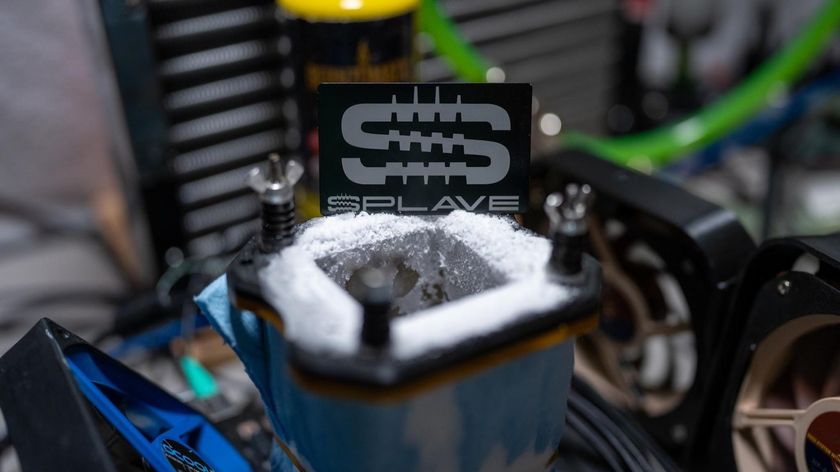Accelerate Your Hard Drive By Short Stroking
Test Drives: Hitachi Ultrastar 15K450 and Deskstar 7K1000.B
We talked to Hitachi about this project, and the firm quickly expressed an interest in supporting it. Not only did we receive four of the latest Ultrastar 15K450 server-class SAS hard drives at 450 GB each, but Hitachi also provided four Deskstar 7K1000.B desktop hard drives at 250 GB. In addition, we received a little software tool called Niagara, which allowed us to freely select the number of logical blocks that shall be used to store data. We’ll look at the test drives first, and talk about the Niagara tool, before moving on to the benchmarks.
Hitachi Ultrastar 15K450, 450 GB, SAS/300
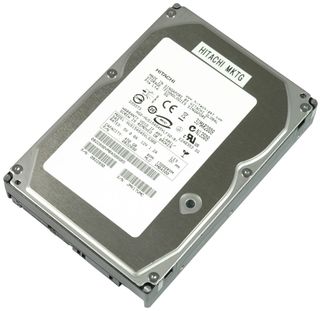
The Ultrastar 15K450 has been around for a while. Our review of the 450 GB version was posted in August 2008, but keep in mind that the product cycles for enterprise products are longer than those in the desktop and notebook spaces. Hitachi offers 450 GB, 300 GB and 147 GB capacity points, all running at a fast 15,000 RPM spindle speed and equipped with 16 MB cache memory. The most impressive benchmark results were the 157 MB/s read and 140 MB/s write throughput. Only the latest flash SSD generation can beat this, and you will need a really fast SLC flash-based SSD to beat the 98 MB/s minimum throughput of the Ultrastar 15K450.
Clearly, this is a great drive that only fell behind the latest flash SSDs because of its access times. We had measured a 5.9 ms average access time for our initial Ultrastar 15K450 review. This time the result was 6.0 ms, which is very much the same. I don’t want to talk about all the results at this point, but short stroking allowed us to almost cut the access time in half. While this won’t be fast enough to challenge the < 0.1 ms of flash SSDs, it really makes a huge difference. Throughput also benefits from short stroking, as minimum transfer rates are actually very close to the maximum numbers.


Hitachi Deskstar 7K1000.B, 250 GB, SATA/300
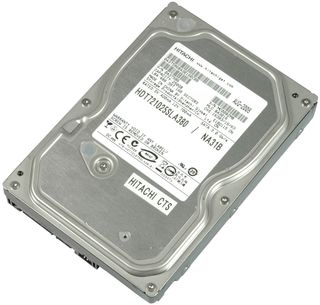
We also benchmark the desktop hard drive Deskstar 7K1000.B, as large desktop hard drives are increasingly being used to take care of high-capacity requirements, even in enterprise market segments. Drive makers such as Hitachi and Seagate have been offering modified drive versions. Think of the Ultrastar A7K1000 and the Barracuda ES family line, which will soon be replaced by a new brand called Constellation. The Deskstar 7K1000.B is available at up to 1 TB capacity. We received 250 GB drives for this review, because these are extremely affordable, and so it’s cheap and simple to put six or more drives into a RAID setup. The 7K1000.B is Hitachi’s second generation terabyte drive, and while it doesn’t reach the impressive access times seen from the company's enterprise lineup, throughput and power efficiency are both excellent.


Stay On the Cutting Edge: Get the Tom's Hardware Newsletter
Get Tom's Hardware's best news and in-depth reviews, straight to your inbox.
Current page: Test Drives: Hitachi Ultrastar 15K450 and Deskstar 7K1000.B
Prev Page Short Stroking: How It Works Next Page “Niagara,” The Short Stroking Tool